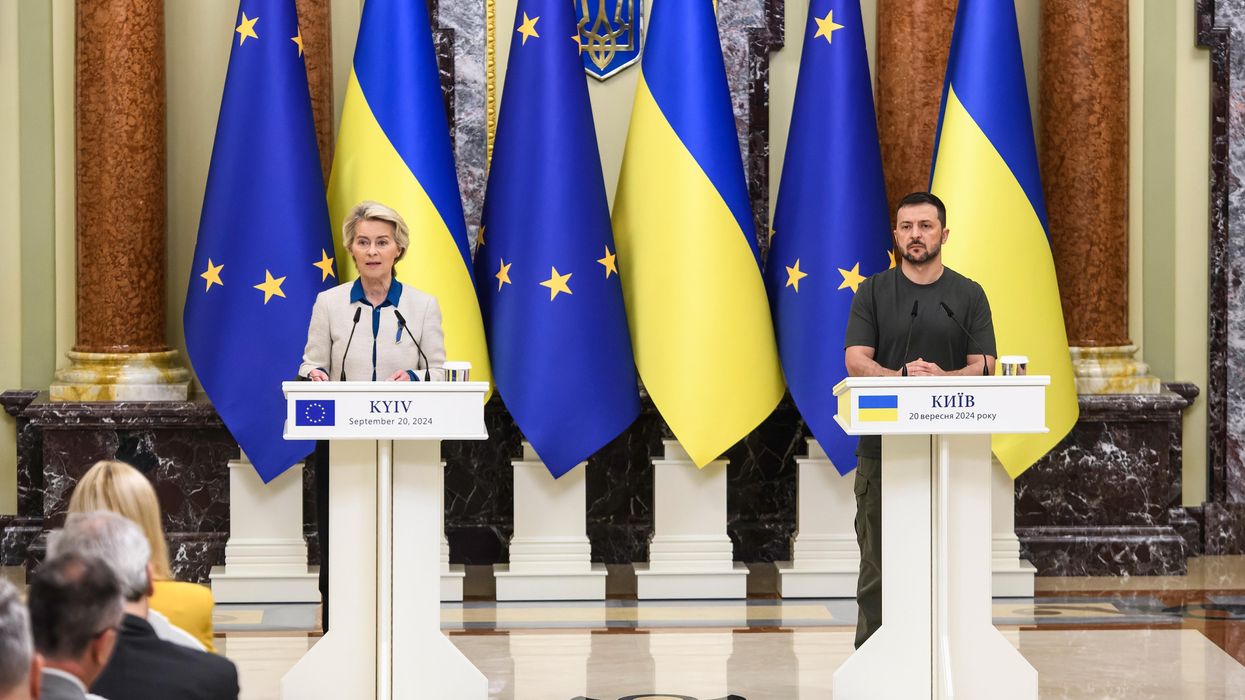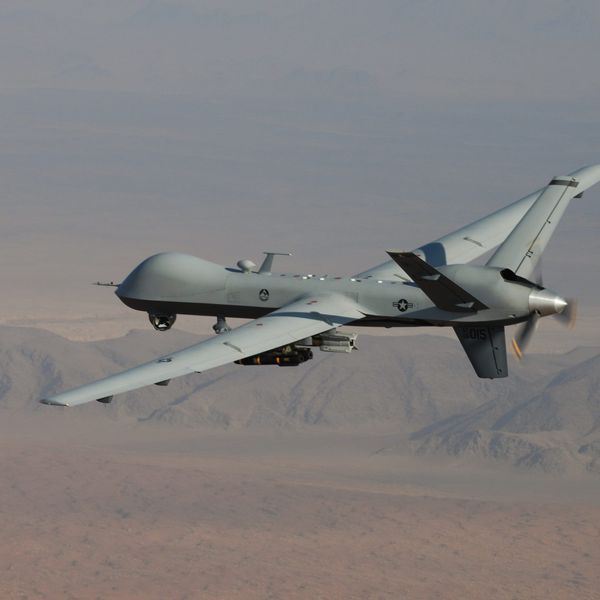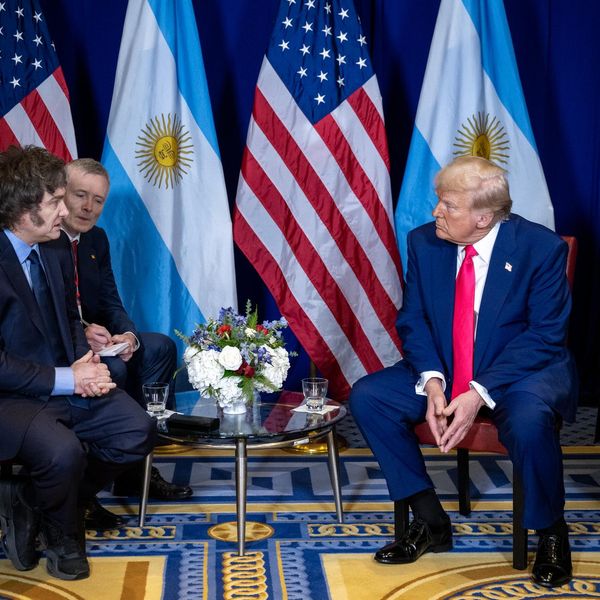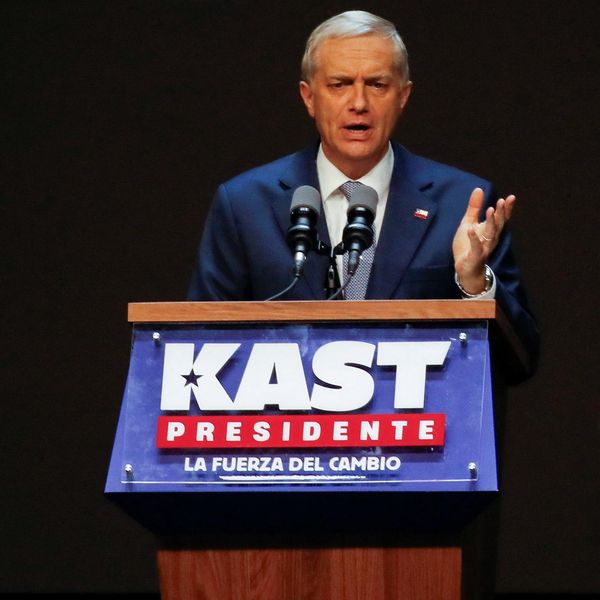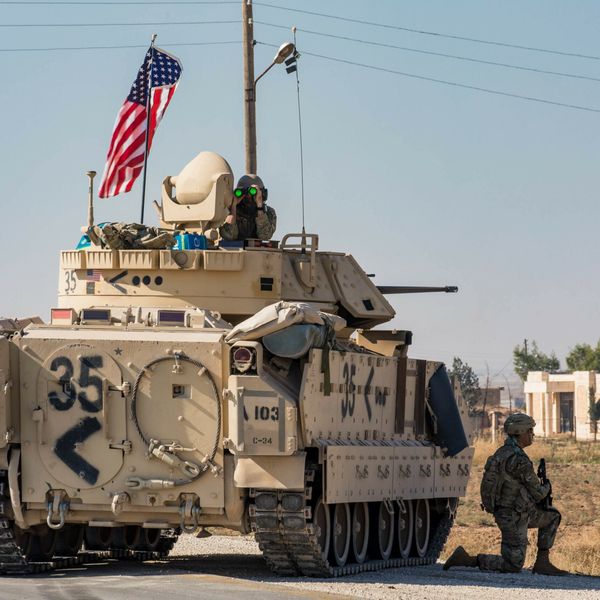According to new analysis by the Climate and Community Institute (CCI), recent increases in Pentagon spending alone will produce an additional 26 megatons (Mt) of planet-heating gases — on a par with the annual carbon equivalent (CO2e) emissions generated by 68 gas power plants or the entire country of Croatia.
With the Pentagon’s 2026 budget set to surge to $1 trillion (a 17% or $150 billion increase from 2023), its total greenhouse emissions will also increase to a staggering 178 Mt of CO2e. This will make the U.S. military and its industrial apparatus the 38th largest emitter in the world if it were its own nation. It will also result in an estimated $47 billion in economic damages globally, including impacts on agriculture, human health, and property from extreme weather, according to the EPA’s social cost of carbon calculator.
Yet the Pentagon’s true climate impact will almost certainly be much worse than estimated by the CCI, as the calculation does not include emissions generated from separate supplementary U.S. military funding, such as for arms transfers to Israel and Ukraine in recent years. It also does not include the emissions from armed conflict, which are considerable when it happens.
And the CCI study only covers U.S. military spending. Military spending in European NATO countries is also surging. At the Hague Summit in June, the 32 NATO member states pledged to increase their military and security spending from 2% to 5% of GDP by 2035. As a result, NATO military spending in Europe and Canada could increase from around $500 million today to $1.1 trillion in 2035, when the combined defense budgets of the other 31 allies will essentially equal the Pentagon’s. Every dollar or euro of this military spending in preparation for NATO to fight hypothetical wars with China, Russia or anyone else has a climate and opportunity cost.
Meanwhile, U.S. military leaders want to spend more justified largely on threat inflation. During a recent meeting of military industrial leaders in Wiesbaden, Germany, for example, NATO’s recently appointed Supreme Allied Commander, U.S. Gen. Alexus G. Grynkewich, restated the flawed case for increased military spending. He called on member states to prepare for the possibility that Russia and China could launch wars in Europe and the Pacific simultaneously, with 2027 being a potential, though highly speculative, flashpoint year.
Grynkewich, who is also head of the U.S. European Command, argued that the situation meant that allies have little time to prepare. “We’re going to need every bit of kit and equipment and munitions that we can in order to beat that,” he said.
His remarks were made during a U.S. Army Europe and Africa-hosted LandEuro symposium, designed to encourage military and industry leaders to find ways to significantly increase weapons production, especially in Europe. As always during such events, the two-day program served as an opportunity for companies to showcase various weapons systems at the symposium’s so-called “Warriors Corner.”
Grynkewich also repeated a key argument used by NATO leaders to justify increased military spending: the growing cooperation among adversaries.
“Each of these threats that are out there cannot be viewed, in my estimation, as discrete challenges. We’ve got to think about how all of them are aligning,” he said.
However, evidence of such an orientation among the so-called “Axis of Upheaval” (China, Iran, North Korea, and Russia) is patchy at best and primarily bilateral rather than as a fully-formed four-way alliance. This cooperation is also driven by shared frustrations with the U.S.-led international order and a desire to counter Western dominance. Donald Trump’s systematic demolition of that “rules based international order,” illegal military attacks on Iran and constant anti-China rhetoric further shape this cooperation and risk it becoming a self-fulfilling prophecy.
At the same symposium, U.S. Army Europe and Africa Commander Gen. Christopher Donahue said that the U.S. Army and NATO have launched a new military initiative called the “Eastern Flank Deterrence Line,” which aims to enhance NATO’s ground-based military capabilities and promote military-industrial interoperability across the alliance. Donahue also warned that NATO forces could capture Russia's heavily fortified Kaliningrad region “in a timeframe that is unheard of” if necessary. Therein lies another disconnect. On the one hand NATO pleads a poverty of resources, and on the other brags about already having the capability to stop Russia’s “mass and momentum problem" and to attack and take Russian territory.
It should also be remembered that the United States currently operates over 870 overseas military bases and installations — two and a half times more than the rest of the world combined — and that NATO members already collectively account for 55% of global military spending.
The main disconnect at Wiesbaden, however, was the failure to consider the link between military spending and climate emissions. There was no “Green Corner” to remind NATO generals that the climate crisis is an existential threat, meaning it poses a danger to the fundamental existence of humanity and the planet. This blinkered approach comes right from the top.
In March this year, Trump’s Defense Secretary, Pete Hegseth, wrote on X: “The @DeptofDefense does not do climate change crap. We do training and warfighting.” This training and warfighting will have catastrophic climate consequences, including further water scarcity, sea-level rise, and desertification in vulnerable regions. In turn, this will inevitably lead to political instability and further forced migration.
NATO’s contribution to the climate crisis cannot be ignored. The alliance and its member states must be transparent about the scale of their emissions and must make serious commitments to reduce their carbon footprint.
Instead of ramping up tensions with adversaries, the top NATO generals should be calling for political leaders to invest in diplomatic and non-military solutions to today’s political crises. Then, as the authors of the CCI analysis argue, these increases in U.S. military spending could be redirected towards demilitarized climate resilience measures, such as public transit, renewable energy or green new social housing — a true investment in human security.

